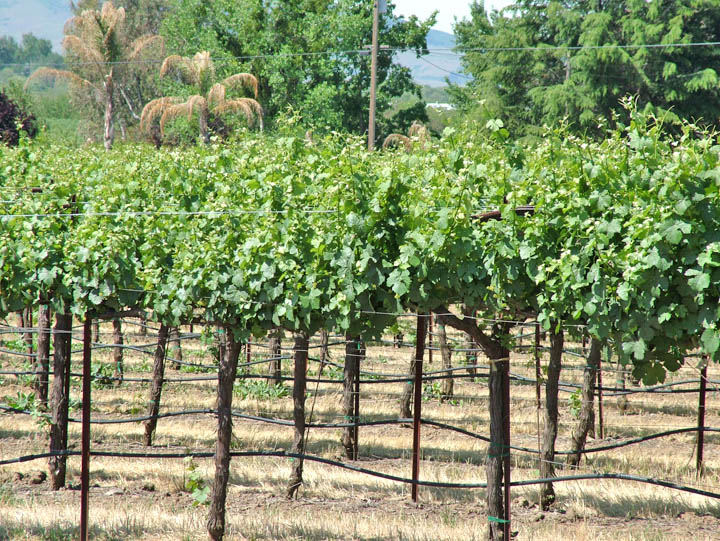April 25, 2012

Powdery mildew was a major concern in many vineyards last year. Some of the newer varieties seem to be particularly susceptible to this problem. The question many growers and consultants were asking is which materials they should be using for powdery mildew control. The truth is that all the sterol‐inhibitors and strobilurins perform very well when used properly.
The key to powdery mildew control is preventive fungicide applications and complete and thorough coverage of the vine. Once powdery mildew becomes established in a vineyard it becomes very difficult to control. All fungicide applications need to be applied preventively before powdery mildew becomes an issue in the vineyard. Secondly, each vine must be thoroughly covered with the preventive spray application. Any untreated plant material is a potential point of infection and a source of spores.
(For more, see: SJV grape vines may get spring fever)
Proper equipment maintenance and adjustment in some cases are a major problem to effective powdery mildew control. Many sprayers use adjustable cone jet nozzles that are screwed all the way in to create a round cone of spray. This cone spray is very soft and will not penetrate heavy or dense foliage.
Nozzles need to be adjusted to a narrow angle to provide a driving force to create turbulence and improve spray penetration. Concentrate sprayers that are not adjusted properly can miss areas of the vine. This can result in areas of the vine that go 10, 20 or more days between protective applications of control materials. Water sensitive paper should be used to verify coverage when using a concentrate sprayer.
Another issue is wet middles are usually skipped until dry, which could be when the next dusting occurs, seven to 14 days later.
Dusting sulfur is still one of the best, if not the best, materials of choice for powdery mildew control. Many of these new grape varieties have very tight, dense clusters. Getting any material onto the rachis is very difficult with a sprayer especially after bunch closing. Dusting sulfur is very good at penetrating all areas of the vine and thus protecting it from powdery mildew infection.
If dusting sulfur is not normally a method of control but powdery mildew is an issue then perhaps it should be considered. A new duster costs between $5,000 and $7,000 dollars and could be used on 200‐400 acres of vineyard. A 1 percent potential crop loss can amount to $5,000 to $13,000 on 200 acres, depending whether they are wine or table grapes, thus far outweighing the cost of the dusting machine.
Using all the tools available for powdery mildew control is important. The sterol‐inhibitors and strobilurins materials all perform very well and rotating these materials is critical in keeping them effective. But these materials cannot work if they are not applied properly to give full coverage of the vines. Also, considering using dusting sulfur which works well and has the added benefit of providing full coverage. To help determine the proper timing of fungicides, use the Powdery Mildew Index (PMI) at the UC IPM website http://www.ipm.ucdavis.edu/PMG/r302100311.html. It is not going to solve powdery mildew problems by blaming the weather or material when a large portion of the problem lies with supervision, equipment maintenance and adjustment.
Joe Nunez, UCCE Vegetable and Plant Pathology Advisor and
Don Luvisi, UCCE Viticulture Advisor Emeritus
You May Also Like




